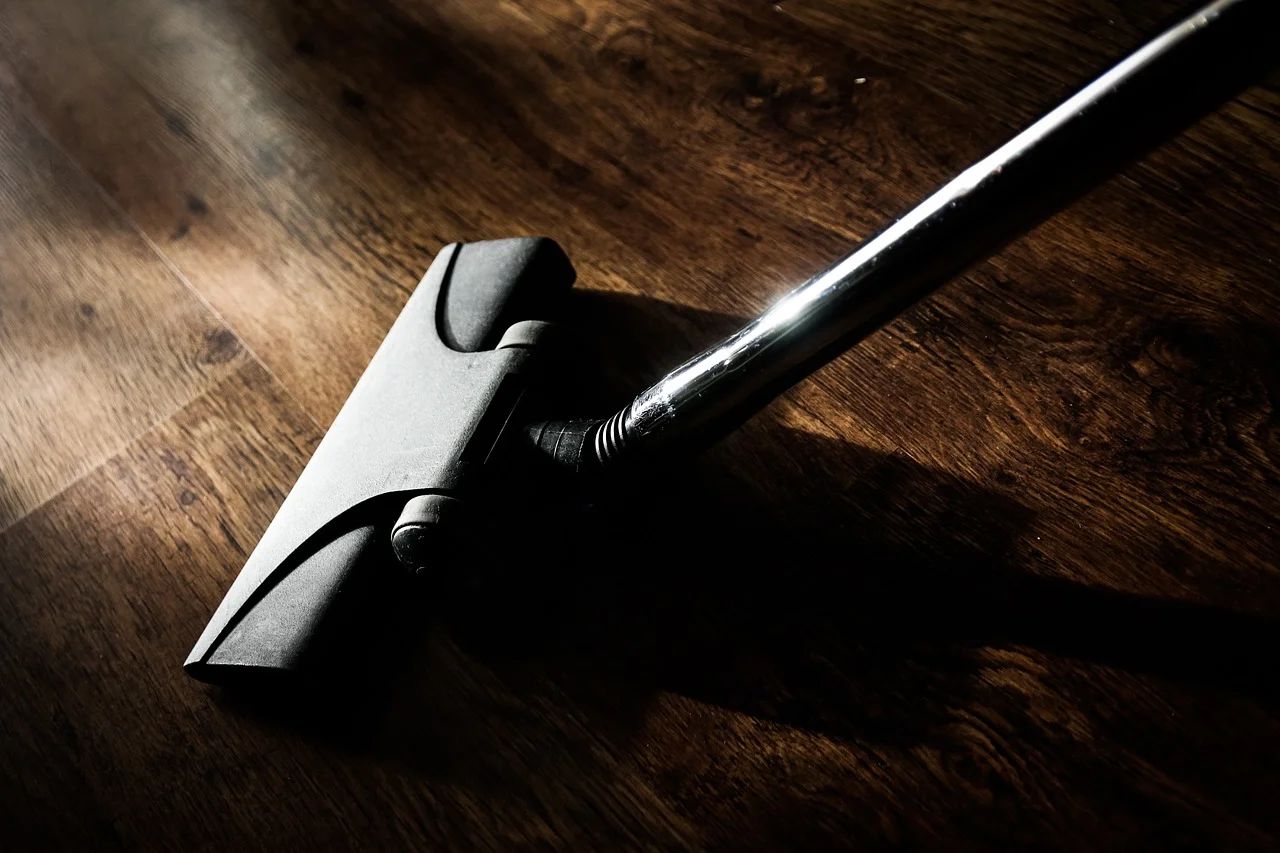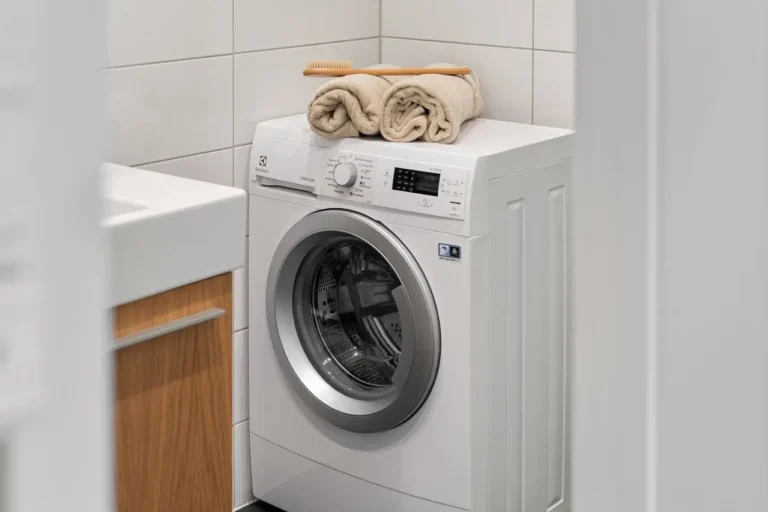
Flooding can be overwhelming. It not only destroys your home but also creates a serious mess, especially in the basement, where the water tends to collect. But don’t worry, I’m here to help guide you through the process of cleaning up after a flood. I’ve been through this myself, and I can tell you, with patience and the right approach, it’s possible to restore your basement and even make it better than before. So, let’s dive right into it!
Safety First: Assessing the Damage
Before you even think about getting your hands dirty, stop and make sure the area is safe. Floodwaters can carry all sorts of nasty things, from sharp objects to bacteria. When I was dealing with a flooded basement, I made the mistake of rushing in too quickly. Big mistake. I learned the hard way that water could have hidden hazards like exposed electrical wires. You want to ensure the power is turned off and that no hazardous materials are in the water.
Once you’re sure the space is safe, take a step back. Sometimes, it’s a good idea to call in professionals for a proper assessment, especially if the flood was significant.
How to Clean the Basement After a Flood: The Step-by-Step Process
Now comes the real work: cleaning. First, you’ll need to remove all the water. It might sound simple, but trust me, it’s harder than it looks. I used a submersible pump to get the majority of the water out, but if you don’t have one, a wet/dry shop vacuum works too. Once the water is out, start removing all wet materials like carpets, rugs, and furniture. It’s sad to see things ruined, but the faster you get rid of them, the less likely mold is to develop.
After everything’s removed, you’ll want to clean the floors and walls. Start by scrubbing surfaces with a mixture of soap and water. You might need a stiff-bristled brush to get the muck off. From my experience, this part of the cleanup can be messy, but it’s crucial. If you have drywall or insulation that was soaked, I recommend tearing it out. You don’t want to risk future mold growth.
Drying the Basement
Now, drying is where things get tricky. It’s not enough to just open a window or use a fan. When I had a flooded basement, I realized that drying the space properly is key to avoiding mold problems down the line. The humidity in the basement can stay high for weeks, even if you can’t see it. To speed up the process, I used dehumidifiers and left fans running 24/7. If you have access to a dehumidifier, use it. I also ended up using a couple of box fans to circulate air throughout the room.
You can also leave the windows open during the day, but make sure to check the weather forecast. No one wants to accidentally invite more rain in. By the end of the drying process, your basement should feel dry and, hopefully, free from any lingering moisture. Don’t rush this, it can take days, depending on how much water you’re dealing with.
Sanitizing Your Basement
Once everything is dry, it’s time to sanitize. Floodwater often carries bacteria, so this part is vital. I went over everything with a mix of water and bleach, as bleach is great for killing germs. I didn’t hesitate to clean the floors, walls, and any exposed beams. For a more natural option, you could use vinegar or a specialized mold and mildew remover. I learned the hard way that skipping this step could lead to unpleasant odors and even worse, health issues.
Preventing Future Flood Damage
Once you’ve cleaned and dried everything, the last thing you want is to deal with another flood. During my own flood cleanup, I took the opportunity to address the root cause of the issue. Is your basement prone to flooding because of poor drainage or cracks in the foundation? If so, I’d highly recommend getting those fixed. You may also want to install sump pumps and backflow valves to prevent water from sneaking in during future storms.
Consider waterproofing your basement if you haven’t already. It might seem like an investment, but it’s worth it in the long run. When I took these steps, I noticed a drastic reduction in flooding the next time it rained heavily.
Dealing with Mold: A Sneaky Culprit
Unfortunately, mold can show up after a flood, sometimes days or even weeks after the water has receded. In my experience, it’s sneaky and can spread fast. If you see any signs of mold or mildew, take care of it right away. I once let it sit for too long, and the problem grew bigger. I used a mold-killing solution and scrubbed every affected surface.
If the mold damage is extensive, you might need professional help. They have the tools to remove mold safely, especially in tricky spots like inside walls and under floors.
Insurance and Dealing with Costs
After the cleanup, one thing that I realized was that dealing with the financial side of things is just as important. Insurance claims can be tricky, so it’s best to contact your insurance company early on. When I went through my own flood situation, I made sure to document every single thing I did, from the water level to the damage, and kept receipts for everything. This will be useful when filing your claim.
Also, check if your home insurance policy covers flood damage, as not all policies do. Some policies may offer specific coverage for flooding, while others don’t. It’s always a good idea to look into flood insurance if you live in a flood-prone area.
Conclusion: Restoring Your Basement and Moving On
Cleaning up your basement after a flood isn’t easy, but it’s possible. I’ve been through the process, and while it was hard work, the results were worth it. Whether you have a small flood or something bigger, remember: safety first, then tackle each step one at a time. Don’t rush things, and make sure everything is completely dry and sanitized. Take the opportunity to prevent future flooding, and you’ll have a basement that’s cleaner and safer than ever.
It’s a tough job, but with the right approach, you’ll get there, one step at a time. And once it’s all cleaned up, you’ll be able to look back and say, “I did that!” And trust me, that’s a good feeling.







